
Merlot
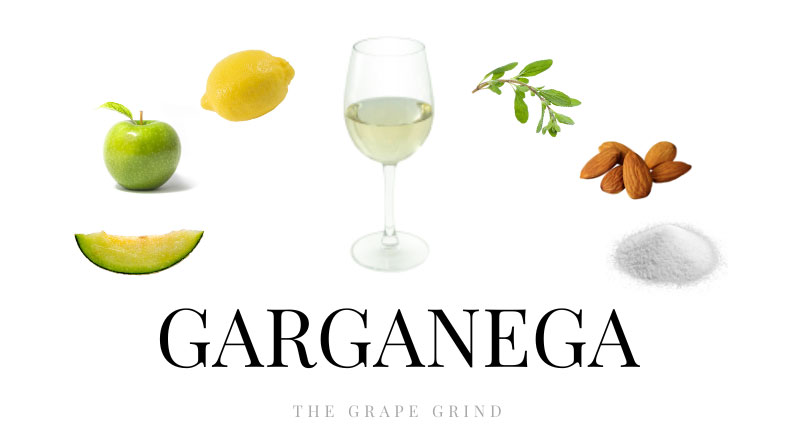
Garganega (pronounced gar- GAN- egg-uh) is a vigorous, thick-skinned, late-ripening white wine grape almost exclusively found in the Veneto region of northern Italy. Garganega wines are best enjoyed when consumed while young and fresh.
Garganega is the primary grape of the well-known Soave DOC wines and the lesser known Gambellara DOC wines. Due to its vigorous nature, and the lack of DOC yield restrictions, Garganega grapes from high-yield vineyards can produce a neutral—almost bland—wine.
In the Classico Zone, where yields are typically kept in check, the Garganega grape produces a refreshing light- to -medium bodied white wine with medium acid and an aroma profile of lemon, pear, white flower and almond. Higher quality Garganega wines have a slight hint of garden spice on the palate! In Soave DOC, Garganega is required to be a minimum of 70%, if labeled Soave. The blending partners are Trebbiano for acid, and Chardonnay for body. Together they may not be more than 30% for Soave DOC.
The Garganega grape is relatively unknown because its name generally does not appear on the wine label. The name Soave is very well-known and has a great following of wine enthusiasts around the world. It is one of the most exported white wines of Italy and is representative of quality Italian wine.
A few more notes on Garganega:
The following guide will illustrate what Garganega (Soave) often tastes like (aroma, flavor, and structure). It will also tell you where it’s from, provide you with common food recommendations, similar varieties, and let you know why you should be drinking more of it!
Garganega wines tend to be light and laid-back. It has a refreshingly high acidity that highlights a citrus aroma underpinning. Though it can be somewhat neutral in flavor, the grape responds quickly to its environment and can produce gentle flavors of melon, peach, baked apple, and tangerine. Garganega wines support the argument that terroir plays a major role in viticulture and oenology.
Garganega wines can be surprisingly herbal. Marjoram is often named as a prominent note along with Sweet Basil and Thyme. The wine is often described as having a saltiness to it that is associated with minerality.
Garganega-Soave is extremely food friendly, but then what Italian white wine isn’t? It’s what Italian winemakers do best! Garganega loves to partner with classic Italian pastas, fish, and cheese. Think about a black squid linguini, rich risotto, or seared scallops. It pairs with anything from the sea. The herbal notes and refreshing acidity are perfect for pairing with salads made from aromatic greens and citrus-focused dressings. You don’t have to limit yourself to Italian foods either. Garganega will pair with less-spicy renditions of Thai, Chinese, or Indian foods.
STANDARD TASTING NOTES: These are your benchmark exam-style tasting notes.
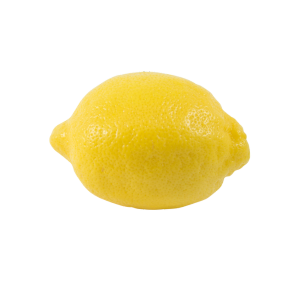
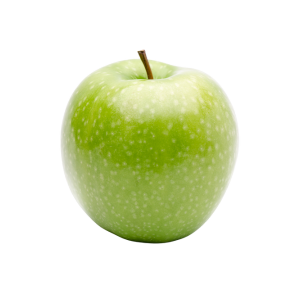




Keep in mind the flavor of wine will depend greatly on your palate, and not all wines may exhibit these aromas and flavors!
There is no “one size fits all” when it comes to structure for every grape, however, there IS a general range when it comes to body, acid, alcohol, and tannin for each. Below are general guidelines for classic representations. Growing conditions and winemaking techniques can impact each of the following.
Think of body as the difference between water, skim milk, and whole milk. The lighter the body, the more akin to water it will feel. Garganega is generally light bodied, but fermentation and/or some aging in oak gives it a slightly heavier weight on the palate. A richer, heavier wine is produced when made into a Recioto wine.

Acidity can be measured by how much saliva builds up in your mouth after you swallow the wine. The more acidic the wine, the more saliva you produce. The Garganega grape is relatively high in acidity and generally maintains its acidity throughout the winemaking process. The high acidity contributes to the refreshing nature of the wine.

Alcohol gives you that “burn” feeling after taking a sip. The Alcohol by Volume (ABV) of Garganega is medium at 11-13.5%.


Primarily in the provinces of Verona and Vicenza in the Veneto region of Northern Italy
The Garganega grape has been grown for centuries in the Veneto region of Italy and is considered a native grape of the area. The name of the grape, in Italian, means “from Gargano” which is particularly interesting because Gargano is in the Puglia region of southeast Italy and there is no indication that the grape was ever grown there. The best expressions of Garganega are found in the Soave DOC and the Soave Superiore DOCG around the city of Verona.
Other areas: Garganega grapes can also be found in small quantities in Umbria, Friuli, Sicily, and Lombardy. In 2004, the first plantings of Garganega outside of Italy were in the Barossa Valley of Australia.
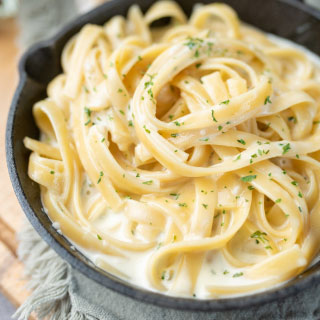
Garganega is a uniquely Italian wine and is intentionally paired with classic Italian dishes. The natural herbaceous notes add depth to traditional dishes such as Risotto, Linguini, and Gnocchi. The refreshing, medium plus acidity of the wine can also cut through the creaminess of dishes such as Chicken Alfredo, and make a heavier meal seem lighter.
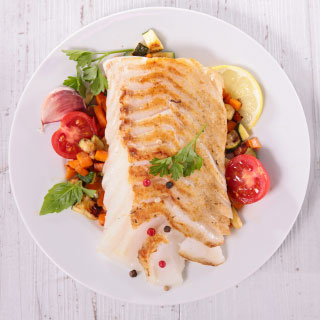
Garganega has a hint of minerality that enhances a wide range of seafoods. It is particularly well suited to clams, scallops, lightly-battered white fish, and squid ink linguini.
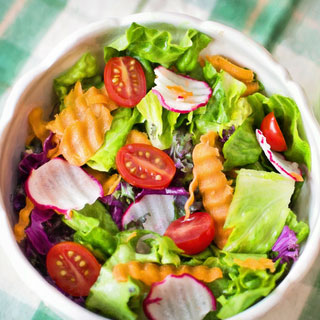
The entire flavor profile of Garganega is complemented by green salads with citrus-based dressings. Any salads made from a combination of field greens, green herbs, tomatoes, black olives, salami, and medium cheeses all pair beautifully with Garganega.
Other Pairings: Don’t overlook Garganega as a food-friendly option for non-spicy Thai, Chinese, or Indian Cuisine.
(common confusions)
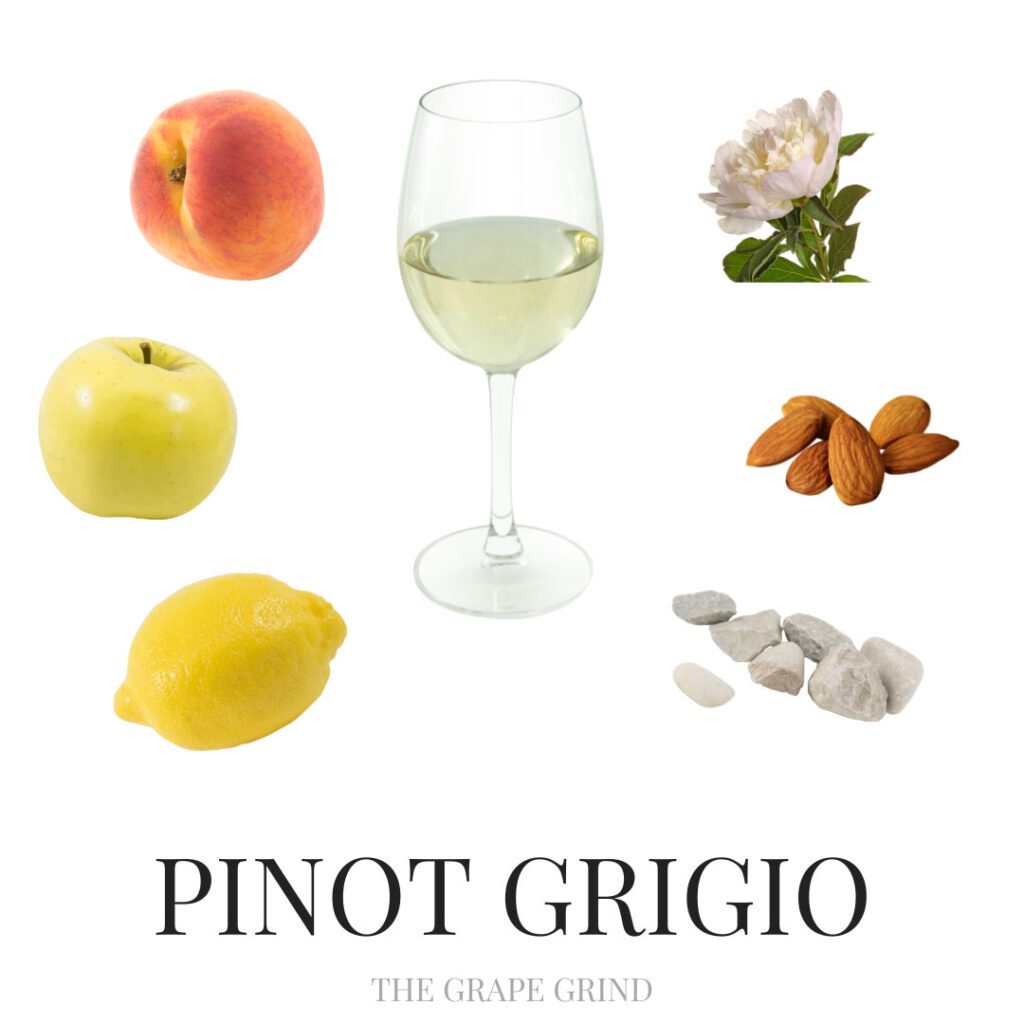
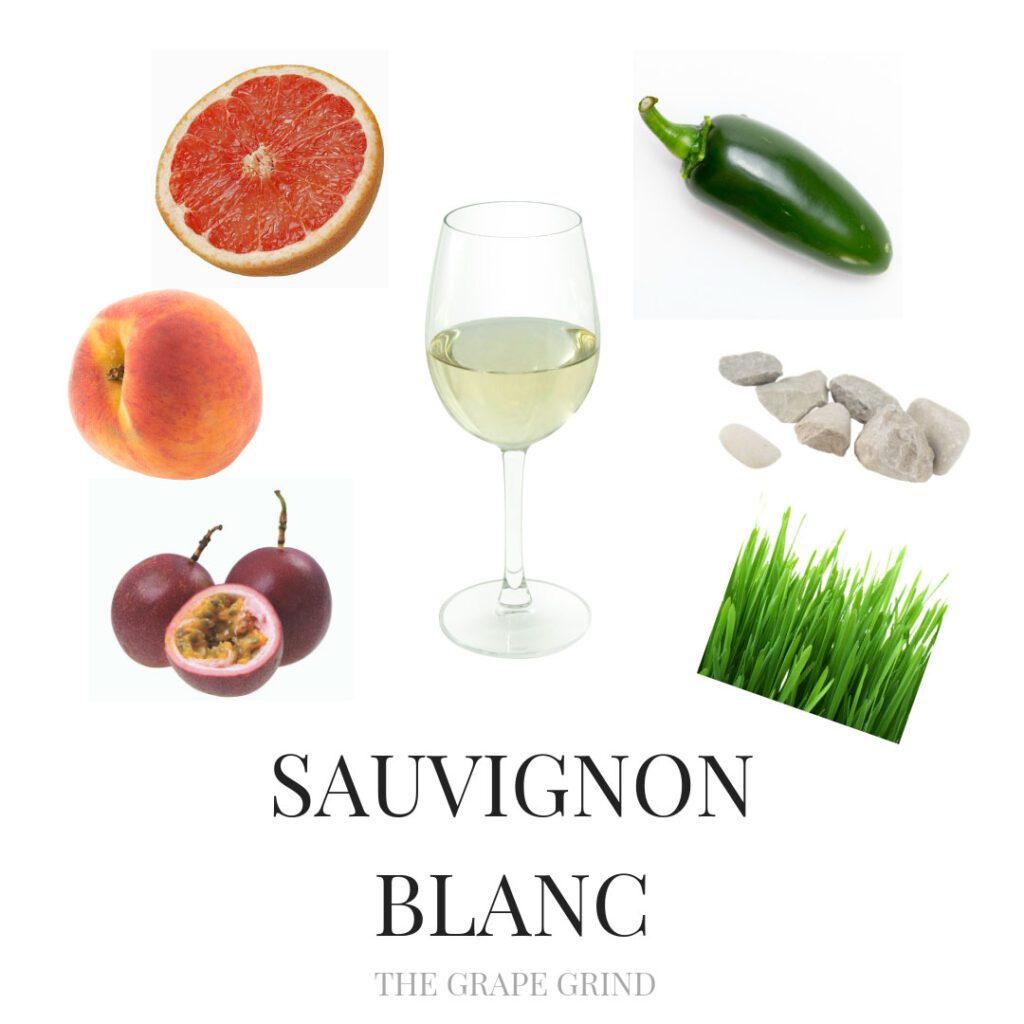
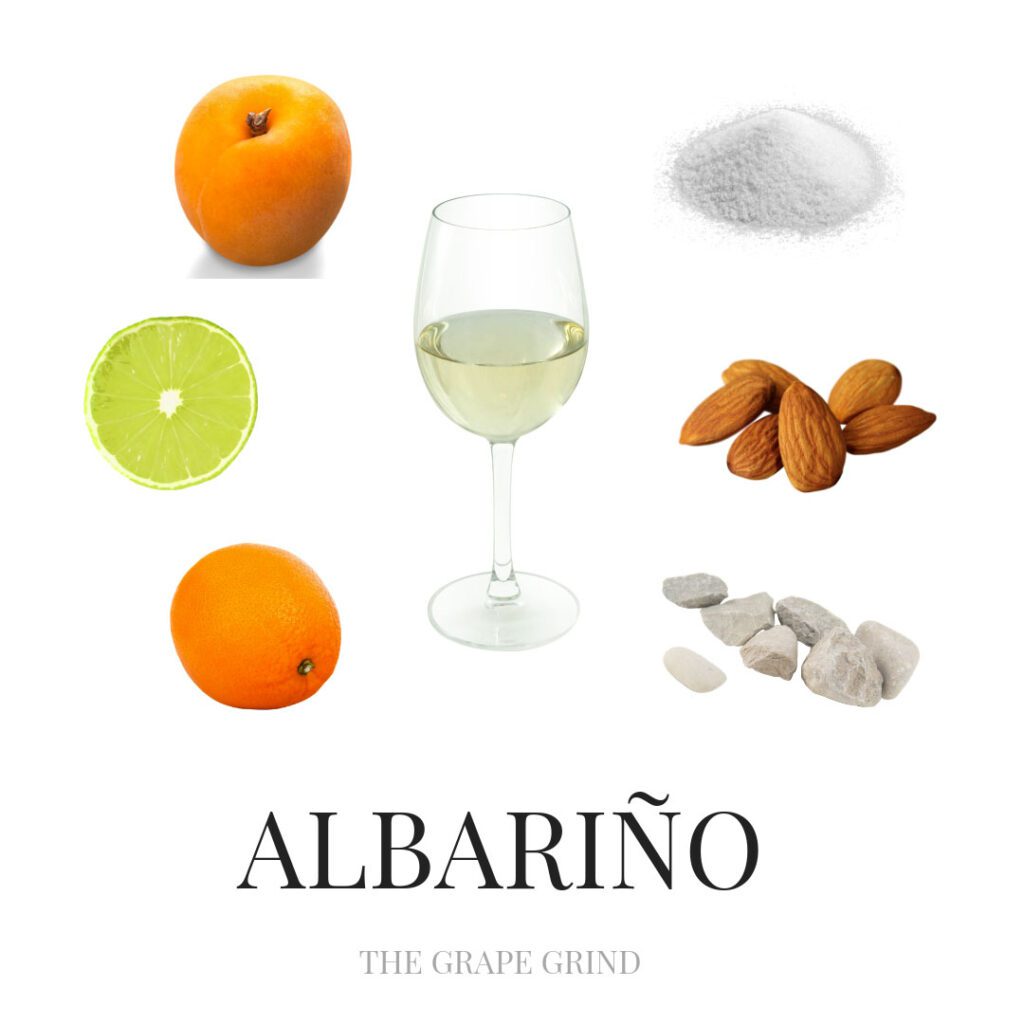
↑ Wine.com is an affiliate partner. We earn a small referral commission at no extra cost to you!. I will never recommend anything that isn’t valuable or useful in my wine study journey, or something I have no experience with. I hope these products/resources are equally helpful in your wine journey.
No matter your current skill level, we can help you improve – pass that exam, share your wine knowledge with others, guide your buyers, enhance your guests’ experience, and show up with confidence and credibility as a wine professional!
Want to get better at tasting wine?